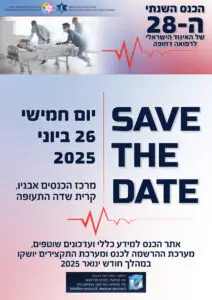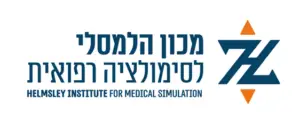פוסט זה זמין גם ב:
עברית
Abstract 
Background: Despite the high incidence of blunt trauma in older adults, there is a lack of evidence-based guidance for computed tomography (CT) imaging in this population. We aimed to identify an algorithm to guide use of a Pan-Scan (Head/C-spine/Torso) or a Selective Scan (Head/C-spine ± Torso). We hypothesized that a patient’s initial history and exam could be used to guide imaging.
Methods: We prospectively studied blunt trauma patients aged 65+ at 18 Level I/II trauma centers. Patients presenting >24 h after injury or who died upon arrival were excluded. We collected history and physical elements and final injury diagnoses. Injury diagnoses were categorized into CT body regions of Head/C-spine or Torso (chest, abdomen/pelvis, and T/L spine). Using machine learning and regression modeling as well as a priori clinical algorithms based, we tested various decision rules against our dataset. Our priority was to identify a simple rule which could be applied at the bedside, maximizing sensitivity (Sens) and negative predictive value (NPV) to minimize missed injuries.
Results: We enrolled 5,498 patients with 3,082 injuries. Nearly half (47.1%, n = 2,587) had an injury within the defined CT body regions. No rule to guide a Pan-Scan could be identified with suitable Sens/NPV for clinical use. A clinical algorithm to identify patients for Pan-Scan, using a combination of physical exam findings and specific high-risk criteria, was identified and had a Sens of 0.94 and NPV of 0.86 This rule would have identified injuries in all but 90 patients (1.6%) and would theoretically spare 11.9% (655) of blunt trauma patients a torso CT.
Conclusions: Our findings advocate for Head/Cspine CT in all geriatric patients with the addition of torso CT in the setting of positive clinical findings and high-risk criteria. Prospective validation of this rule could lead to streamlined diagnostic care of this growing trauma population.
Level of evidence: Level 2, Diagnostic Tests or Criteria.







